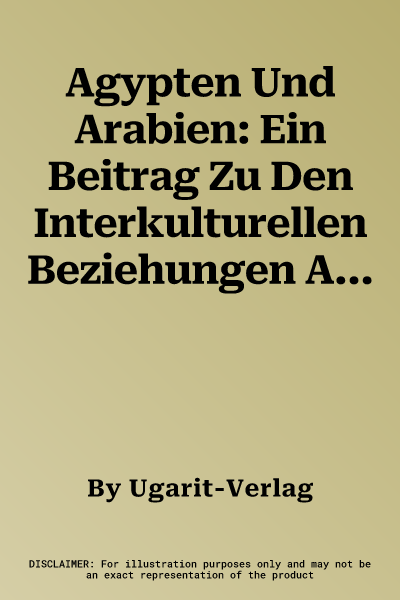Egyptian finds from various archaeological sites in the Arabian
Peninsula as well as epigraphic sources paint a differentiated picture
of the contacts between Egypt and Arabia in pre-Islamic times. For the
first time, this study will deal with those in detail, putting them into
an overall context. Although the sources are not very dense overall,
they show a large variance and a long time extension. Contacts existed
at least since the Middle Kingdom, as evidenced by the finds of Sabir
ceramics in Mersa Gawasis, and date back to the Roman era. The archaeo-
logical excavations in Tayma and Qaryat al-Faw in particular have
provided interesting find material in recent years, which sheds new
light on relations with Egypt. Not only Egyptian objects in the form of
amulets and scarabs have been found in settlement as well as in grave
contexts, but also motif adaptations in the religious field. The
Egyptian influence on the oases, which were economic centers with
multicultural populations along the incense road and maintained contacts
with the different neighboring cultures, becomes tangible in many ways.
Diachronous development reveals that in the early Iron Age, Egyptian
objects in particular arrived in Arabia, whereas in the middle of the
1st millennium BC. increasingly motives and local adaptations of
Egyptian elements can be observed.

